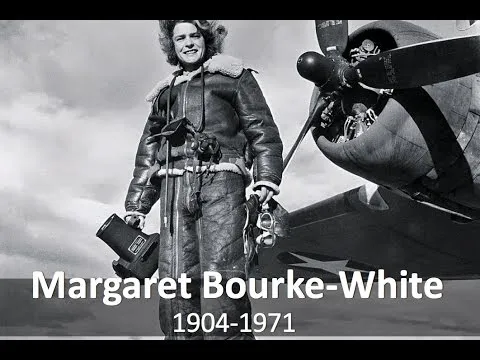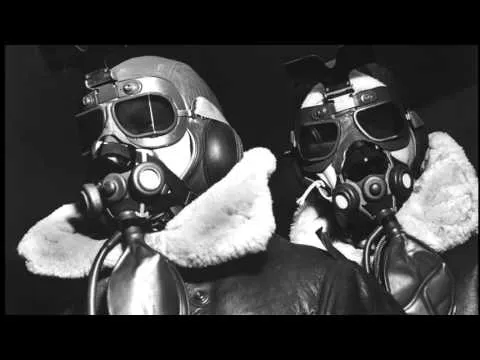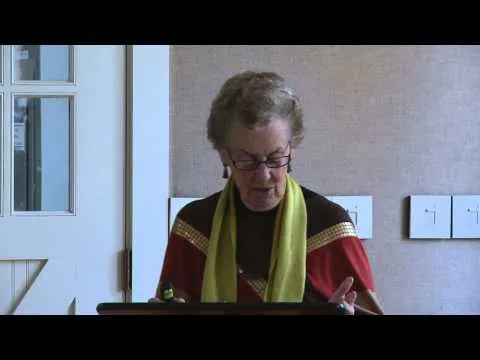Margaret Bourke-White
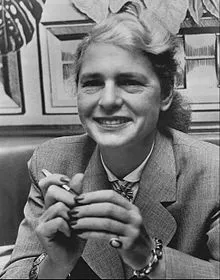
The Camera Queen
June 14, 1904 – August 27, 1971
Hello steemians.
Another week with another art dedication from me for you. This time our dedication will be special, because together we will learn some information not only for another one historical photographer, but we will mention the first woman photographer. Furthermore, she is not only special because she was the first photographer, but she won her page at the "book of life" with one of the greatest shots (at least I ever saw).
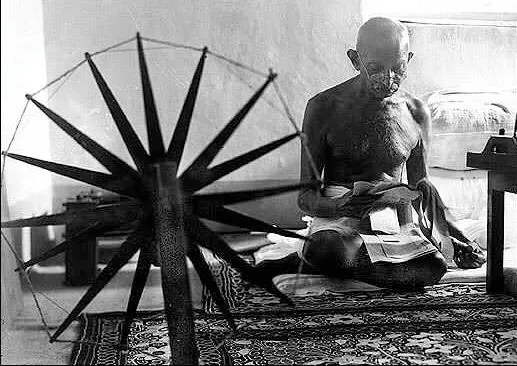 source
source
|
Gandy by Margaret Bourke-White
This portrait of Gandy was taken by Margaret, few hours before his assassination. |
Margaret Bourke-White was an American photographer (Documentary photographer) and for me, was the craziest historical photographer I ever read. She wrote history because she was the first photographer permitted to shot photos of the Soviet five-year plan. This was not enough for her, so she managed to be the first American female war photojournalist. Life magazine is known as LIFE wanted to share her images so they used her photograph on the cover of their first issue about war.
Her end was not so easy (photographers will understand that) because she died of Parkinson's disease. This disease has the worst symptoms, and if you are a person who must have strong and steady hands, this is a slow killer.
Margaret's interest in photography began as a young woman's hobby, supported by her father's enthusiasm for cameras. Despite her interest, in 1922, she began studying herpetology at Columbia University, only to have her interest in photography strengthened after studying under Clarence White.
Bourke-White ultimately graduated from Cornell University with a Bachelor of Arts degree in 1927, leaving behind a photographic study of the rural campus for the school's newspaper, including photographs of her famed dormitory, Risley Hall. A year later, she moved from Ithaca, New York, to Cleveland, Ohio, where she started a commercial photography studio and began concentrating on architectural and industrial photography.
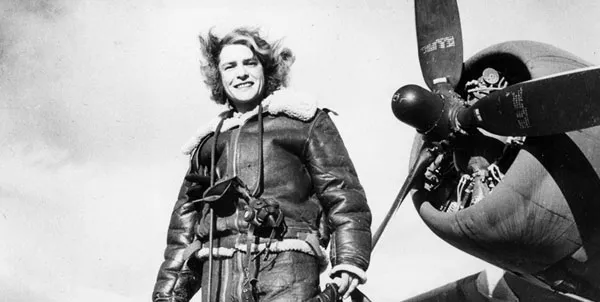
- Architectural and commercial photography
Margaret Bourke-White made her first steps in photography as an Architectural Photographer. Her success was because of her friendly position with people and of course her technique.
The Otis security people were reluctant to let her shoot for many reasons.
One of her clients was Otis Steel Company, and this helped her and gave her the opportunity to photograph many people gaining experience in portraits.
Two of the reasons that Otis gave her the permission to work there as a photographer, were those :
- Steelmaking was a defence industry.
- A woman inside a steel mill. Those days, women were not so "powerful" in men's eyes. So this was a great opportunity (and a good question) for Otis wondering if a woman and her photographic equipment were able to survive the unnatural conditions like hazard, dirt, intense heat and many more hard conditions inside a steel mill.
She managed to claim permission, but this was not the only problem for Margaret. We are talking about ~1927-1929, so we are talking about Black&white film photography. Those films were sensitive to blue light, and not the light orange that hot steel reveals. Her first problem was that the heat and the blue colour of "burning steel" had as ending a burned film (her photos were black when she tried to print them). But this was not a big problem to her. She managed to solve this situation taking with her a new style of magnesium flares which produces white light. with those, she managed to light her position sho the lights from the steel was not the only highlight spot.

- Photojournalism
Her photojournal started in 1929, where she worked as editor and staff photographer of Fortune magazine for 6 years. One year after her start, in 1930, she won the position of the first Western photographer ever allowed to take photographs of Soviet industry.
A few years later she was hired by Henry Luce for Life magazine. Her photographs of the construction of the Fort Peck Dam were featured in Life's first issue, dated November 23, 1936, including the cover.

"Although Bourke-White titled the photo, New Deal, Montana: Fort Peck Dam, it is actually a photo of the spillway located three miles east of the dam," according to a United States Army Corps of Engineers web page.
In 1930, the Dirty Thirties left many victims behind and Margaret Bourke-White captured them revealing the true sad historical moment.
- World War II
Margaret Bourke-White was the first female photographer and war correspondent. But this was not the only title she won at World War II. She was the first woman to be allowed to work in combat zones and the only foreign photographer in Moscow.
"Using a camera was almost a relief. It interposed a slight barrier between myself and the horror in front of me."
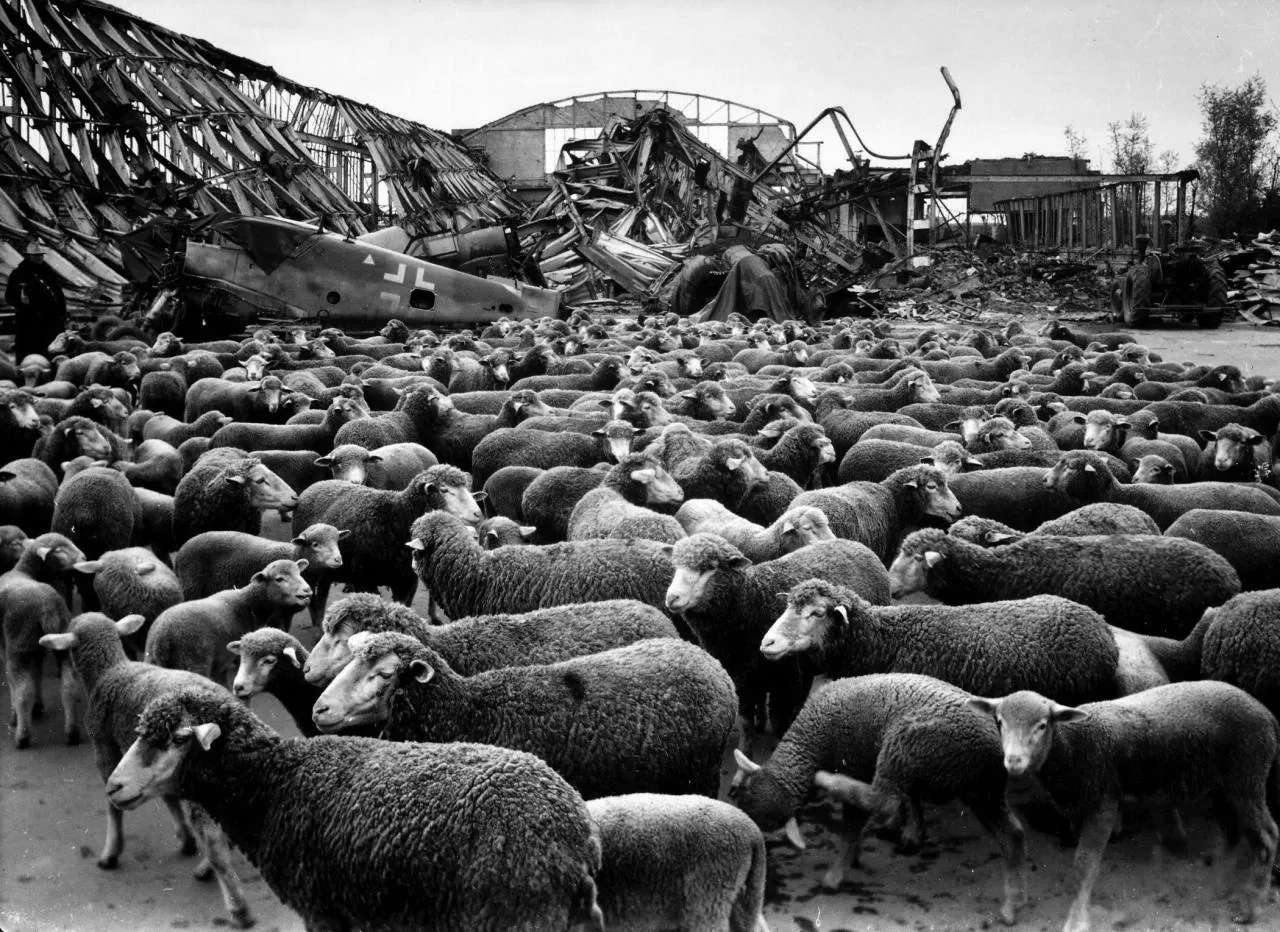
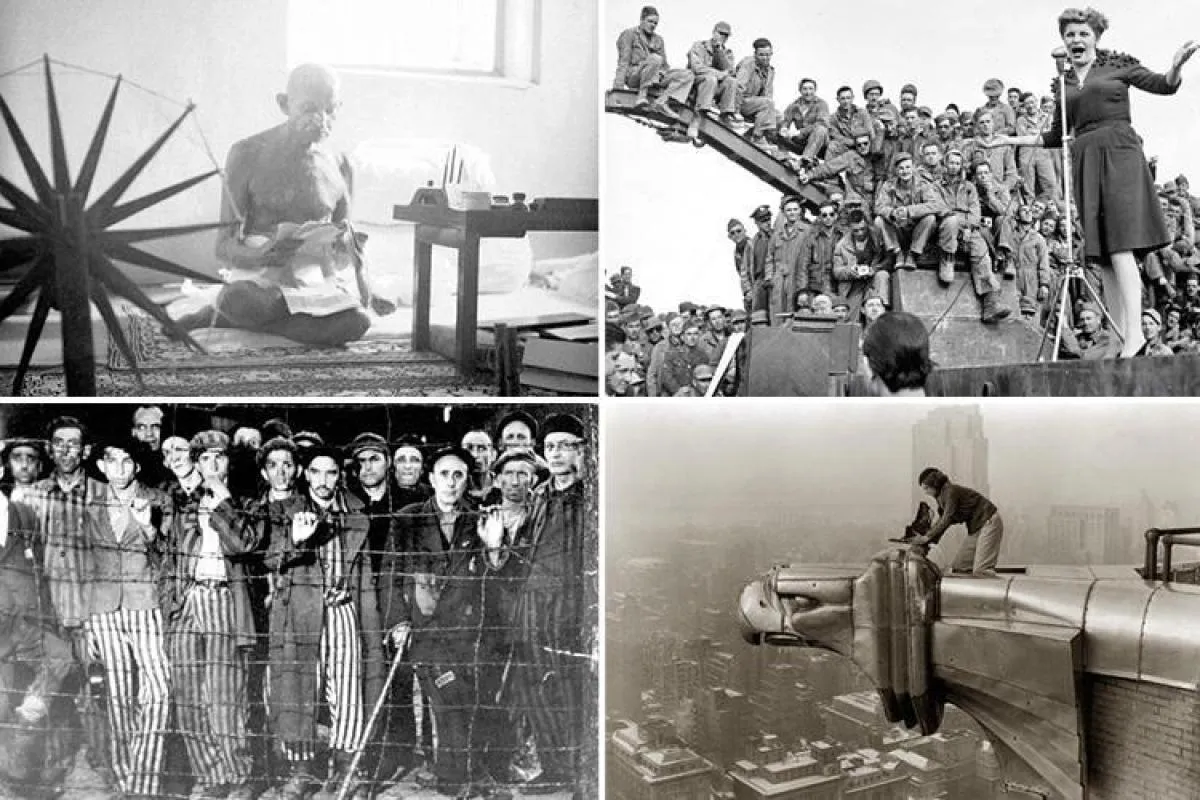
- India - Pakistan. Recording the partition violence.
Margaret Bourke-White managed to leave her footprints well in both India and Pakistan with her photographs.
- Dr Bhimrao Ramji Ambedkar at his home.
- M.K. Gandi at his spinning wheel.
- Mohammed Ali Jinnah unright in a chair.
But this was not the only reason to be well known. She was "one of the most effective chroniclers" of the violence that erupted at the independence of those nations. Somini Sengupta calls her photographs "gut-wrenching, and staring at them, you glimpse the photographer's undaunted desire to stare down horror." And this was because Bourke-White wanted to capture the true and raw side of violence. Many photos are acceptable but they are really horror and violent so I decided not to share any with you, sorry about that.
"More astonishing than the images blown up large as life was the number of shoppers who seemed not to register them," Sengupta wrote.
Last but not least, the one and only photo of Mohandas K. Gandhi just a few hours before his assassination in 1948. If you ask me to give a title, I would give only this. "Luck of time or time travel?"

- Disease - Later years and death
In 1953, Bourke-White developed her first symptoms of Parkinson's disease. This was almost the end. Her career must slow down its speed in order to give her time to fight encroaching paralysis. 1959 and 1961 were very important to her. he made several operations to treat her conditions and her tremors and won this fight. But this was affected her speech, and this was the second hit for her. After 10 years she died at Stamford Hospital in Stamford, Connecticut, aged 67 from Parkinson's disease.
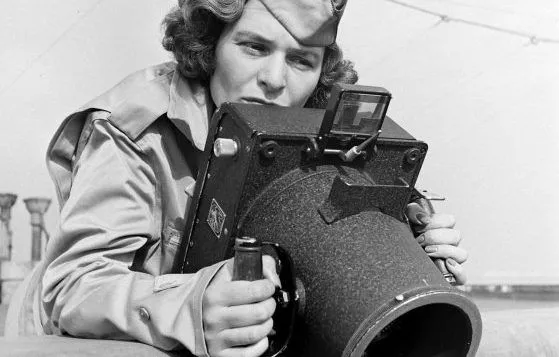
- LEGACY
Bourke-White's photographs are in the Brooklyn Museum, the Cleveland Museum of Art, the New Mexico Museum of Art[19] and the Museum of Modern Art in New York as well as in the collection of the Library of Congress.[9] A 160-foot long photomural she created for NBC in 1933, for the Rotunda in the broadcaster's Rockefeller Center headquarters, was destroyed in the 1950s. In 2014, when the Rotunda and Grand Staircase leading up to it were rebuilt, the photomural was faithfully recreated in digital form on the 360-degree LED screens on the Rotunda's walls. It forms one of the stops on the NBC Studio Tour.
Many of her manuscripts, memorabilia, photographs, and negatives are housed in Syracuse University's Bird Library Special Collections section.

This is a film about her life. It is good to spend some time and watch it. It worth it.
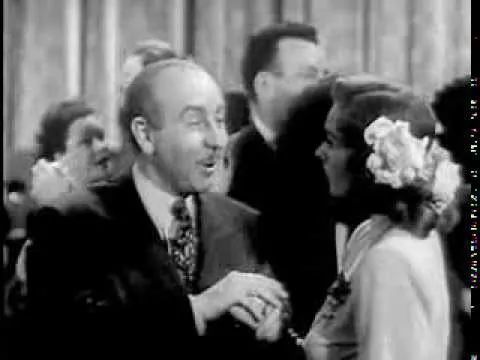
My sources
Wikipedia
artic.edu
la cultura dey umbo
Ireland sown
CNN
Baum Woll archives
This is photography. This is my life. This is me
Weekly Dedications
Weekly dedication #1 - Stephen Shore
Weekly dedication #2 - Bruce Gilden
Weekly dedication #3 - Garry Winogrand
Weekly dedication #4 - John Hiliard
Weekly dedication #5 - Chloe Kritharas Devienne
Weekly dedication #6 - Stan Douglas
Weekly dedication #7 - Nicéphore Niépce


